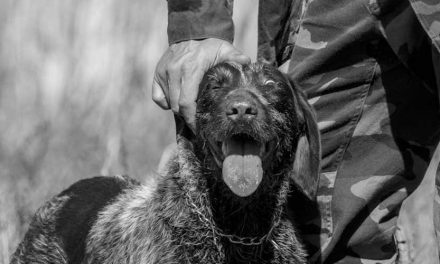As humanity ventures deeper into space exploration, the idea of bringing our furry friends along for the journey becomes a topic of intrigue.
However, sending a dog into the vast unknown comes with a plethora of challenges that need to be carefully considered.
From the harmful effects of cosmic radiation to the complexities of a restricted environment, here’s a look at the potential problems dogs might face on space travel.
1. Radiation Exposure
One of the most significant concerns for both humans and animals in space is exposure to cosmic radiation.
In a normal Earth atmosphere, the magnetic field shields living beings from much of this radiation.
However, in the vacuum of space, dogs would be exposed to higher levels of radiation, which can lead to serious health issues such as cancer, genetic mutations, and other radiation-induced illnesses.
Unlike humans, dogs may not have the same ability to comprehend or respond to their discomfort, which could lead to complications in monitoring their health.
2. Restricted Environment
Spacecraft provide a highly controlled and limited environment.
For dogs, this can be quite distressing.
They are social animals that thrive on interaction with their environment and the people around them.
The cramped quarters of a spacecraft could lead to feelings of anxiety and confusion.
Additionally, dogs engage with the world through their sense of smell; the lack of natural scents and stimuli could create a sense of isolation and distress.
3. Changes in Gravity
Weightlessness presents another striking challenge.
Dogs are adapted to Earth’s gravity, which affects their physical movements and bodily functions.
In a microgravity environment, dogs may have difficulty walking, eating, and even relieving themselves.
The absence of gravitational pull could also lead to muscle atrophy and bone density loss over time, similar to what astronauts experience.
Training a dog to adapt to these conditions would require considerable effort and time.
4. Dietary Needs and Nutrition
Space missions come with limited resources and supplies, including food.
Dogs have specific nutritional needs that must be met, and recreating a balanced diet in space presents significant logistical challenges.
Packaged food could alter in flavor and smell, potentially affecting a dog’s appetite.
Moreover, how a dog metabolizes food might change in a microgravity environment, leading to possible digestive issues.
5. Behavioral Changes
The stress of a confined and unfamiliar environment can lead to behavioral changes in dogs.
They may experience anxiety, depression, or aggression, all of which could pose risks to both the dog and the crew members.
Training and acclimatization programs would be essential, but providing adequate mental stimulation in such a restricted environment could be a complicated and resource-intensive endeavor.
6. Health Monitoring and Veterinary Care
Monitoring the health of a dog in space would be essential, yet challenging.
The spacecraft would need to be equipped with the necessary medical supplies and equipment to respond to any health issues that may arise.
In the event of an emergency, treating a dog can be more complex than treating humans due to anatomical differences and the limited space for conducting medical procedures.
7. Emergency Protocols
In case of emergencies, having a dog onboard would add another layer of complexity.
Procedures for safe evacuation, handling health issues, or even dealing with a dog’s potential panicking in a crisis situation would require tailored protocols.
Ensuring a safe and calm environment for both the crew and the dog would be vital.
Conclusion
While the idea of taking a dog along on space missions is heartwarming, the practical challenges are significant.
Duration, health risks, emotional wellbeing, and logistical concerns must all be considered carefully.
As we continue to explore the universe, it is essential to prioritize the welfare of not just humans but any animals that join us on these groundbreaking adventures.
Understanding and addressing these challenges could one day make it possible for our beloved companions to become part of humanity’s journey into the cosmos.









